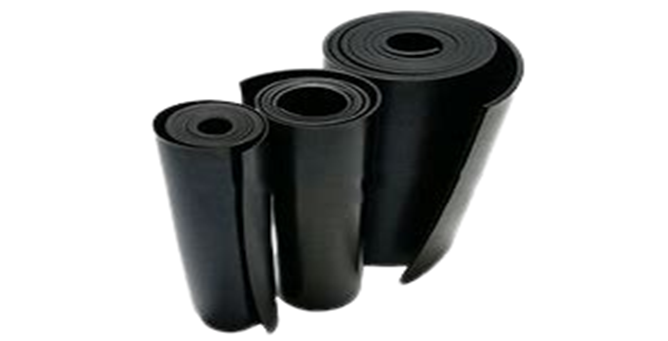12 月 . 21, 2024 09:40 Back to list
door jamb bottom seal
Understanding Door Jamb Bottom Seals Importance, Types, and Installation
In the realm of home improvement and energy efficiency, few elements are as critical as the door jamb bottom seal. This often-overlooked component plays a pivotal role in maintaining comfort within our living spaces, enhancing energy efficiency, and protecting our homes from various external elements. In this article, we'll delve into the importance of door jamb bottom seals, explore the different types available, and guide you through the installation process.
Importance of Door Jamb Bottom Seals
Door jamb bottom seals serve multiple purposes that significantly impact a home's environment and longevity. The primary function is to prevent drafts, ensuring that indoor temperatures remain consistent, regardless of the season. This becomes particularly important as heating and cooling systems account for a substantial portion of energy consumption in residential buildings. By sealing gaps between the door and its frame, these seals help reduce energy costs and create a more comfortable indoor atmosphere.
Moreover, door jamb bottom seals play a crucial role in protecting against moisture and pests. Rain, snow, and humidity can seep through gaps, leading to warped flooring, mold growth, and potential structural damage. Similarly, these seals act as a barrier against insects and rodents seeking entry into your home. By investing in quality door jamb bottom seals, homeowners can mitigate these risks and enjoy a healthier living environment.
Types of Door Jamb Bottom Seals
There are several types of door jamb bottom seals, each designed to cater to specific needs and preferences. Understanding these options can aid in selecting the right seal for your home.
1. Weatherstripping This is one of the most common types used for door jambs. Weatherstripping materials come in various forms, including adhesive-backed foam, rubber, or vinyl. They are easy to install and effective in blocking drafts and moisture.
2. Threshold Seals These seals are installed at the bottom of the door frame, often accompanying a physical threshold at the base of the door. They provide a more robust barrier against wind and water while adding aesthetic value.
3. Automatic Door Bottoms These seals are more sophisticated, featuring a mechanism that drops a seal onto the floor when the door closes. This type is particularly effective in commercial settings or homes with significant traffic as it ensures a tighter seal.
4. Door Sweeps Similar to automatic door bottoms, door sweeps are fixed strips that attach to the bottom of a door. They extend down to the floor, creating a seal that blocks drafts, dust, and insects.
door jamb bottom seal

5. Magnetic Seals Ideal for situations where a more secure fit is essential, magnetic seals utilize magnets to adhere tightly to the door frame. These are commonly used in homes with high winds or where security is a concern.
Installation Process
Installing a door jamb bottom seal can be a straightforward DIY project for most homeowners. Here’s a brief guide to help you through the process
1. Measure the Door Begin by measuring the width of the door and the gap between the bottom of the door and the floor. This will determine the length of the seal you need.
2. Select the Seal Choose the type of seal that best fits your needs, considering factors such as the level of foot traffic, exposure to moisture, and personal aesthetic preferences.
3. Prepare the Surface Before installation, clean the door’s bottom edge and the floor area to remove any dust or debris that could interfere with adhesion.
4. Cut to Size If necessary, cut the weatherstripping or seal to match your measurements. Most weatherstripping can be trimmed easily with scissors.
5. Attach the Seal For adhesive-backed seals, peel off the backing and press the seal firmly into place. For more robust options like thresholds or sweeps, follow the manufacturer’s instructions for screws or brackets.
6. Test the Seal Once installed, close the door and check for any visible gaps. Adjust as necessary to ensure a snug fit.
Conclusion
In conclusion, a door jamb bottom seal is an essential element in any home, contributing to energy efficiency, comfort, and protection from the elements. With various types available on the market, homeowners can choose the best seal that meets their specific needs. By understanding installation processes and benefits, you can enhance your home’s resilience while enjoying the comfort it provides. Investing a little time and effort into this simple project can lead to substantial benefits for your home in the long run.




